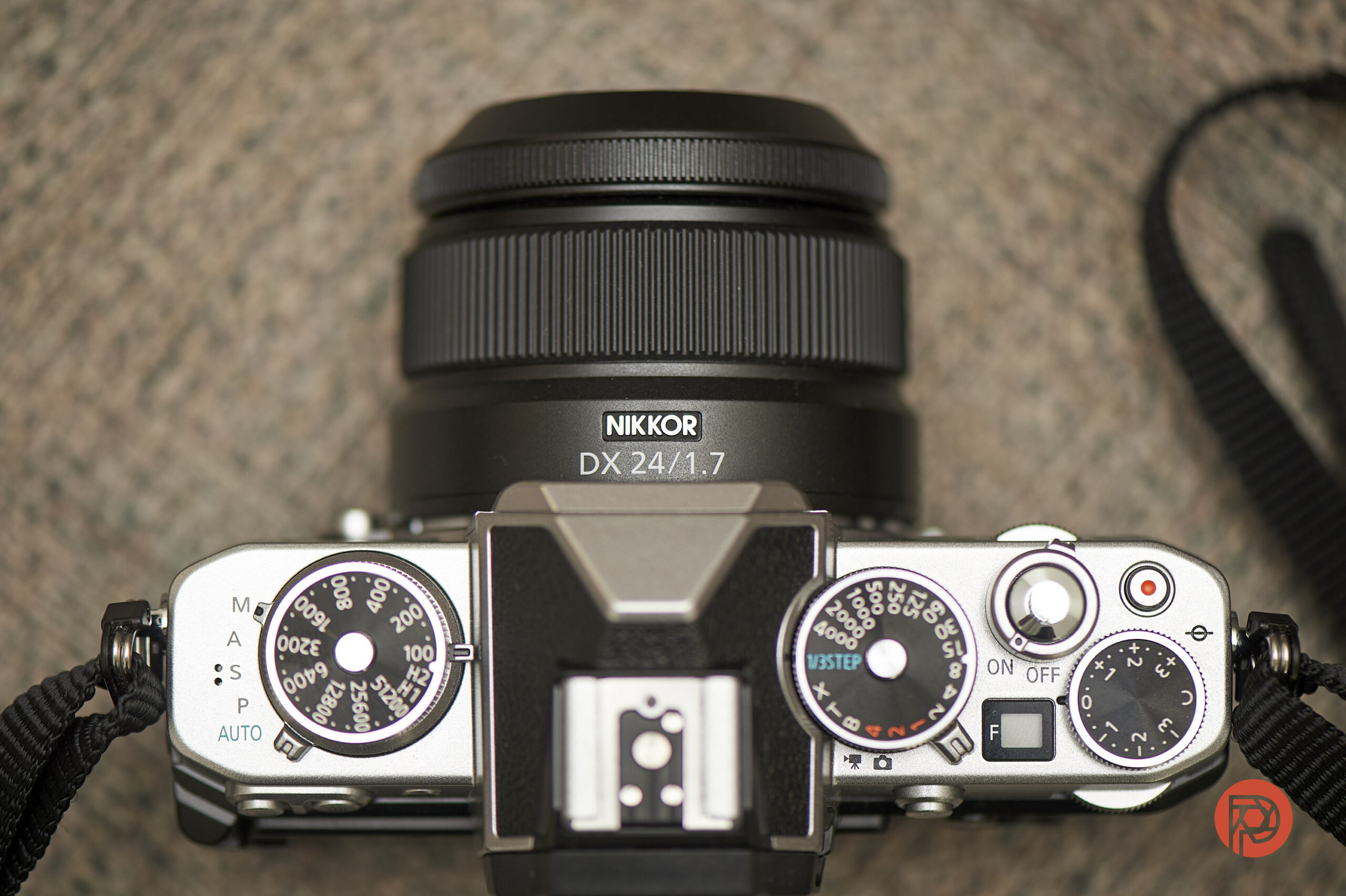Nikon has been steadily releasing full-frame Z-mount lenses over the last 2 years. At the time of publication of this article, Nikon USA lists 36 such lenses. However, in sharp contrast, only 6 DX lenses manufactured by Nikon are in the mirrorless Z-mount. It’s understandable then, if users of cameras like the Zfc, Z50, and Z30 begin to look towards 3rd party manufacturers for their DX lens needs. Perhaps to stem such a flow, they recently launched the Nikon Z DX 24mm f1.7 lens. With fast autofocus, commendable image results, and super lightweight construction, it’s a lens that you can carry around everywhere. Let’s hope that more such DX lenses will be in Nikon’s lineup soon.
Table of Contents
The Big Picture
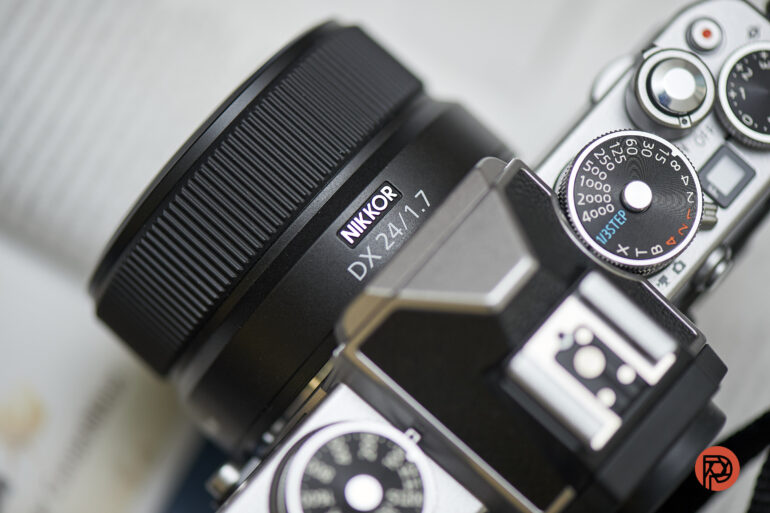
Take off the screw-on lens hood, and the Nikon Z DX 24mm f1.7 looks quite similar to the Nikon Z 28mm f2.8 lens. It does have a narrower equivalent focal range of about 36mm (full-frame equivalent). For crop sensor Z-mount camera users, this makes it the ideal street photography lens. It comes in at a negligible 4.8 oz. (135 g) in weight, is even more compact once you remove the lens hood, and boasts some pretty fast autofocus. It’s also the first prime lens in Nikon’s Z-mount DX lineup. What about its bokeh capabilities, you may ask? Well, it doesn’t disappoint. A close focusing distance of 0.59 ft(0.18m) lets you achieve some pleasing bokeh effects, even for a lens traditionally considered wide-angle. For a lens so diminutive and affordable, expectations of wide-open sharpness might not be very high either, but here’s where the lens proved me wrong very often.
The lack of a metal lens mount, weather sealing, or vibration reduction means it won’t get a full five stars. But it performed far better than we expected in various conditions, giving us pleasing images. The cost-effective, competent, and compact Nikon Z DX 24mm f1.7 lens gets four out of five stars. Want one? Head over to Adorama to see what they’ve got.
Pros
- It’s a compact lens that becomes even smaller once you unscrew the lens hood that comes with it.
- Really lightweight. You barely notice it on cameras like the Zfc and Z50. Pairing the Nikon Z DX 24mm f1.7 lens with such cameras takes the combined weight to barely 20oz (550g) or so.
- Not that pricey at $276.95
- Fast and silent autofocus which could get faster if Nikon decides to get newer AF tech into the DX Z cameras with firmware updates.
- Close focus capabilities (up to 0.59 ft / 0.18 m)
Cons
- No weather sealing.
- No Vibration Reduction. This isn’t great, as none of the current DX Z-mount cameras have built-in stabilization in them. You’re going to need steady hands at lower shutter speeds.
- I wish it had an SE version to pair with the vintage looks of the Nikon Zfc
Gear Used
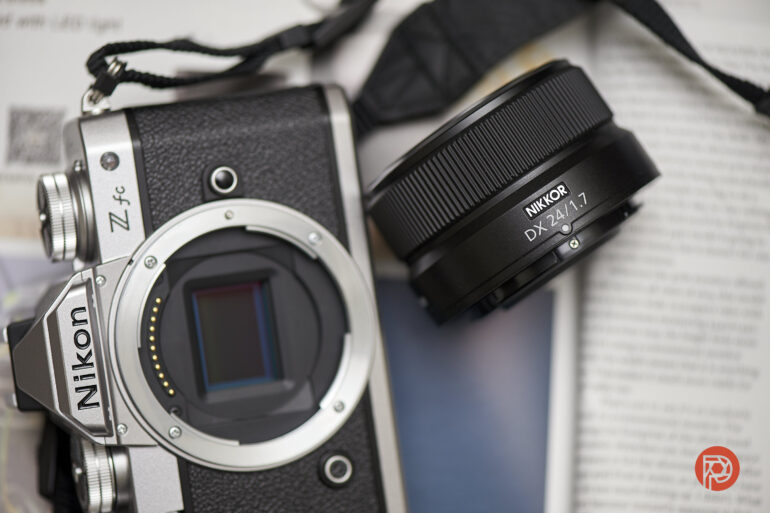
I used the Nikon Z DX 24mm f1.7 lens with a Nikon Zfc, both on loan from Nikon.
Ergonomics
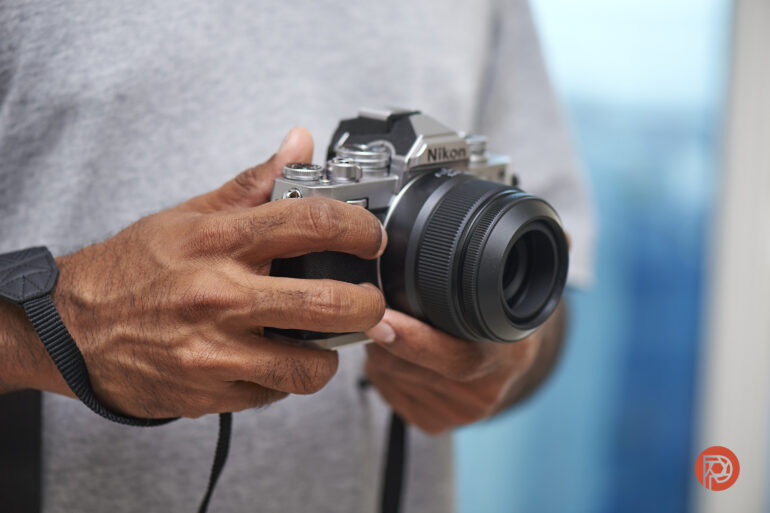
The first thing that struck me when I received this lens was how knob-like it looked. I soon found out that was because of its peculiar lens hood. It’s very unconventional but almost the same as what Nikon provided on their Z 26mm f2.8 pancake. Take that lens hood off, and it would be tough to distinguish this lens from the Nikon Z 40mm f2.
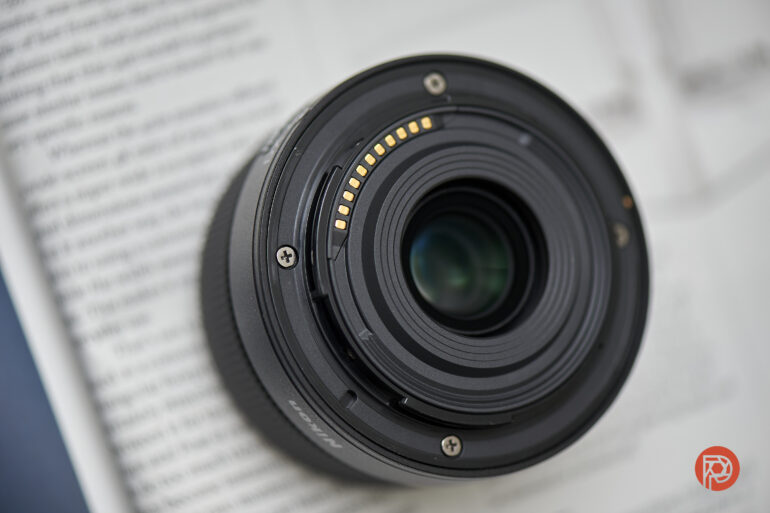
The lens mount is plastic; I know many of you will groan upon reading this. But hey, it’s how they keep the costs down. And some things undoubtedly get sacrificed to get fast autofocus at such a reasonable price point and in such a small form factor.
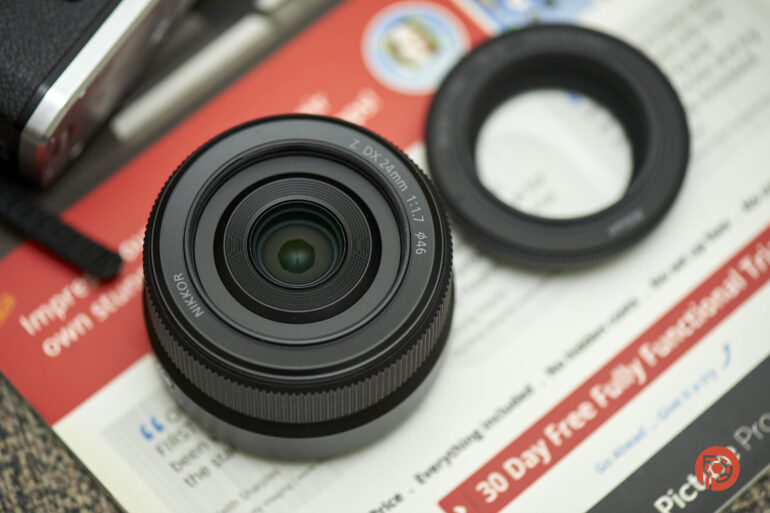
Coming back to that lens hood – leave it off if you prefer using UV filters on your lens for protection. This lens takes 46mm size screw-on filters.
Build Quality
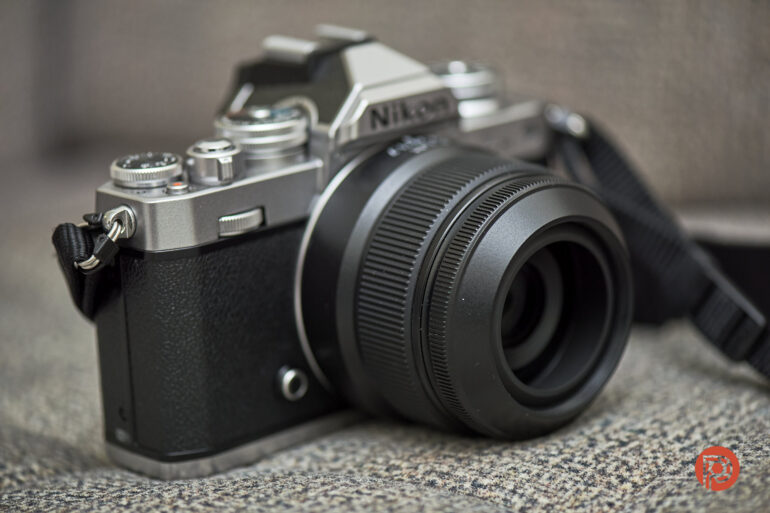
You don’t get weather sealing in the Nikon Z DX 24mm f1.7 lens, but I did take it outdoors during a slight drizzle. A few droplets from a cloudburst didn’t seem to stop it.
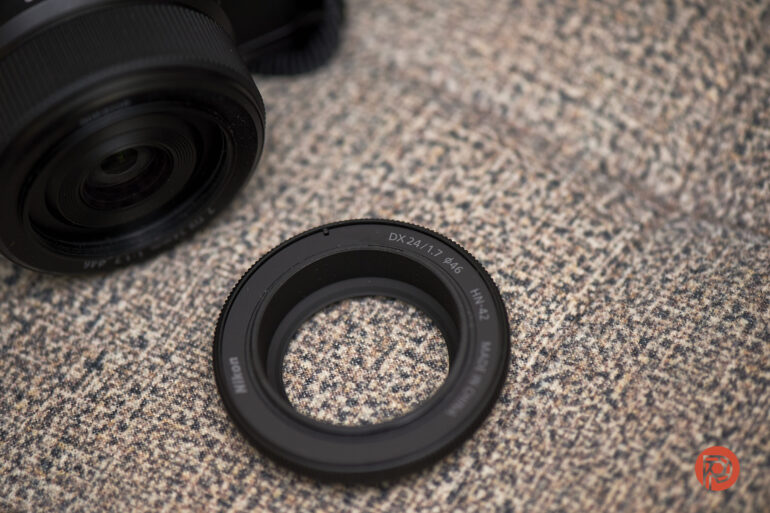
Even with that lens hood on, it’s an unobtrusive lens. Since it’s so lightweight, you hardly ever feel it weighing down on you. When paired with the Z50 or Zfc, this lens is an ideal street photography combination for Nikon users who want photos taken quickly with minimal disturbance to the surroundings.
If you can’t get the autofocus right for any reason, use the large manual focus ring for extra precision.
When you compare it to the 23mm f1.4 APS-C lens from Viltrox, the Nikon Z DX 24mm f1.7 is lighter, smaller, and less expensive. Looks like Nikon realized they needed to tackle 3rd party manufacturers who were actively releasing lenses for the DX Z-mount cameras.
Ease of Use
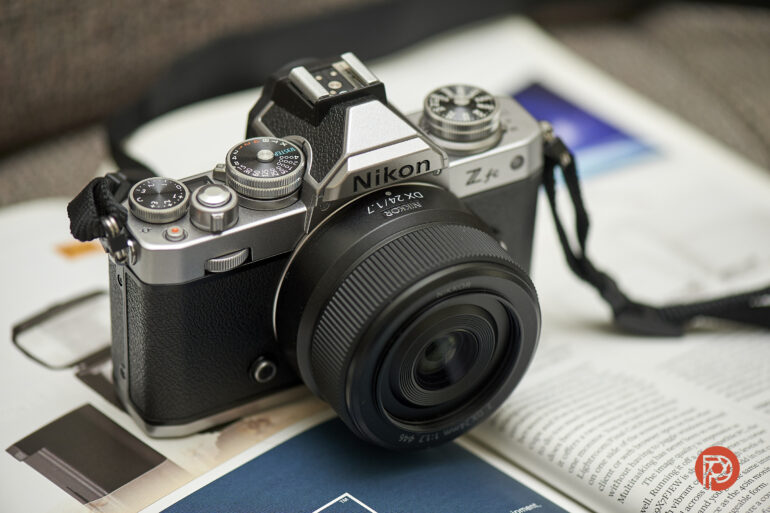
Mount it, forget it. Honestly, this is a no-frills lens, and it’s up to the camera’s autofocus detection mode to make the most of it. If you’re using an APS-C mirrorless Nikon camera as a 2nd body, this lens is one that I’d probably keep on it and take with me everywhere.
Focusing

Nikon has ticked all the boxes when it comes to autofocus with this lens. It’s not only snappy and accurate, it’s also so quiet. You won’t even notice the autofocus at work in normal shooting conditions, as it silently does its job. Remember to select the suitable subject detection mode to make your life easier. Looking ahead, when Nikon eventually introduces the Expeed 7 processor to their APS-C cameras, autofocus may become even smoother and more automatic. The AF auto mode, in combination with this advanced processor, will likely take care of most focusing tasks without fuss.
Image Quality
Bokeh

Between f1.7 and f1.8, you can’t tell any difference in the bokeh. And I wasn’t expecting much bokeh for a crop sensor camera with an equivalent 36mm full-frame field of view. But thanks to that close focusing distance, you can isolate your subject reasonably well if you know what you’re doing.
Color Rendition

Aside from some yellowing in the blown-out highlight areas and slight deepening of reds, this lens’s colors are accurate.
Lens Character
Slight purple fringing when shooting at f1.7 and f1.8, only if you zoom in at 100%. When you stop down past f2.2, this seems to disappear. There is no noticeable vignetting with or without the lens hood on.
Sharpness

Even at f1.7, the sharpness produced by the Nikon Z DX 24mm f1.7 is far better than you’d expect for a lens of this price. You couldn’t even dream of this kind of sharpness in an F-mount lens at even twice the cost. You don’t need to fret about this aspect of the lens. Even towards the edges, sharpness is quite good.

Sharpness really peaks from f2.2 onwards. This is a 100% crop of the image seen above, with no sharpening applied in post-processing.
Extra Image Samples
From day one, The Phoblographer has been huge on transparency with our audience. Nothing from this review is sponsored. Further, lots of folks will post reviews and show lots of editing in the photos. The problem then becomes that anyone and everyone can do the same thing. They’re not showing what the lens can do. So we have a section in our Extra Image Samples area to show edited and unedited photos. From this, you can make a decision for yourself.
Unedited






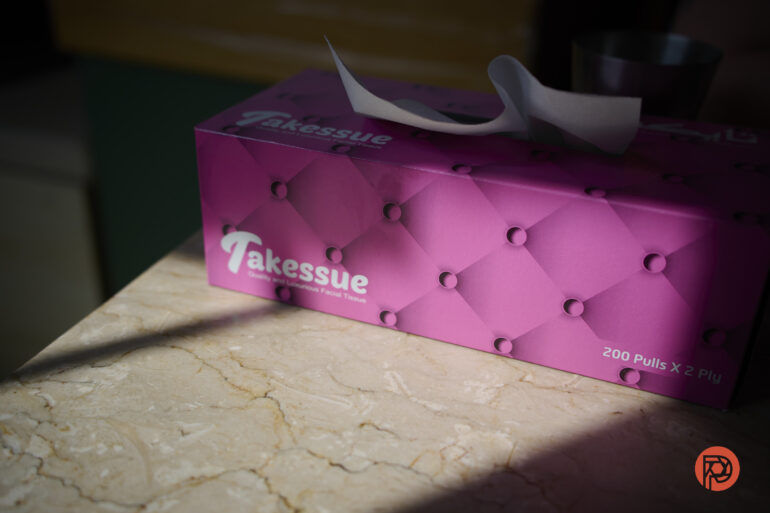
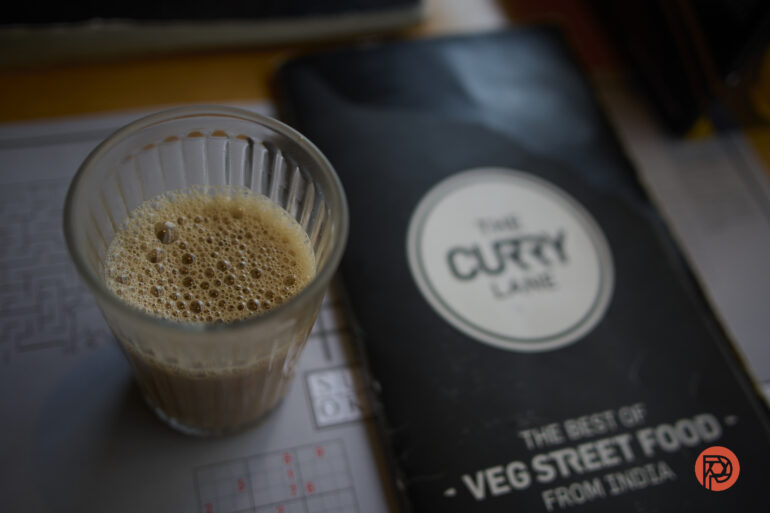

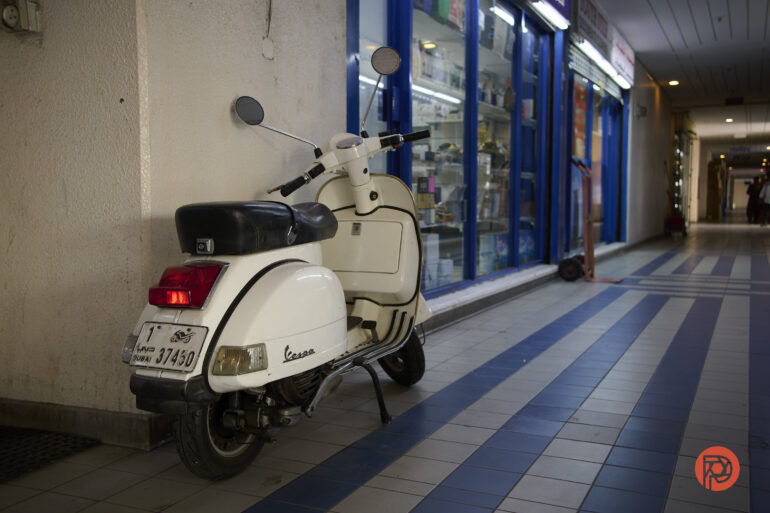





Edited









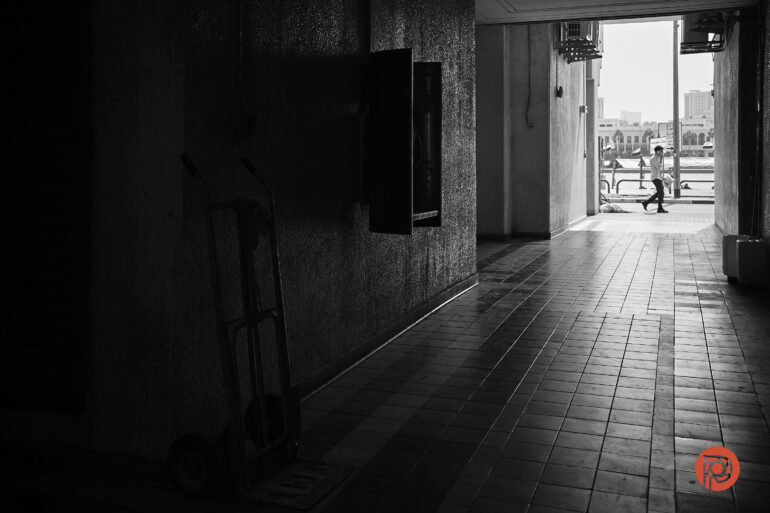


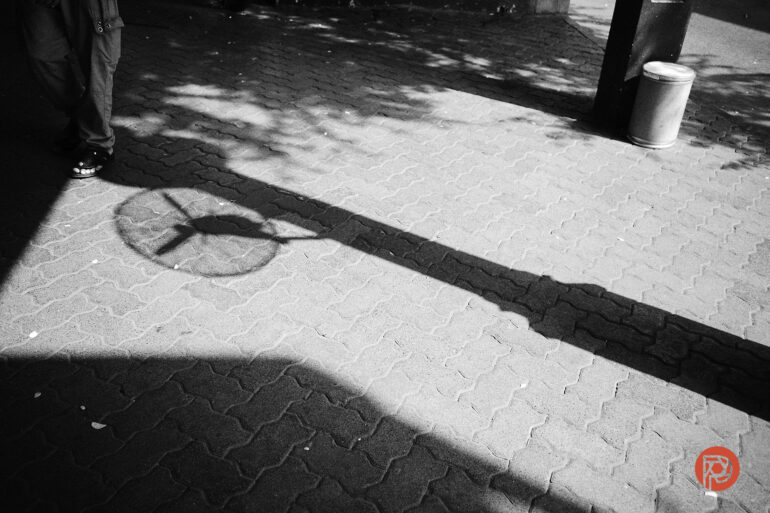


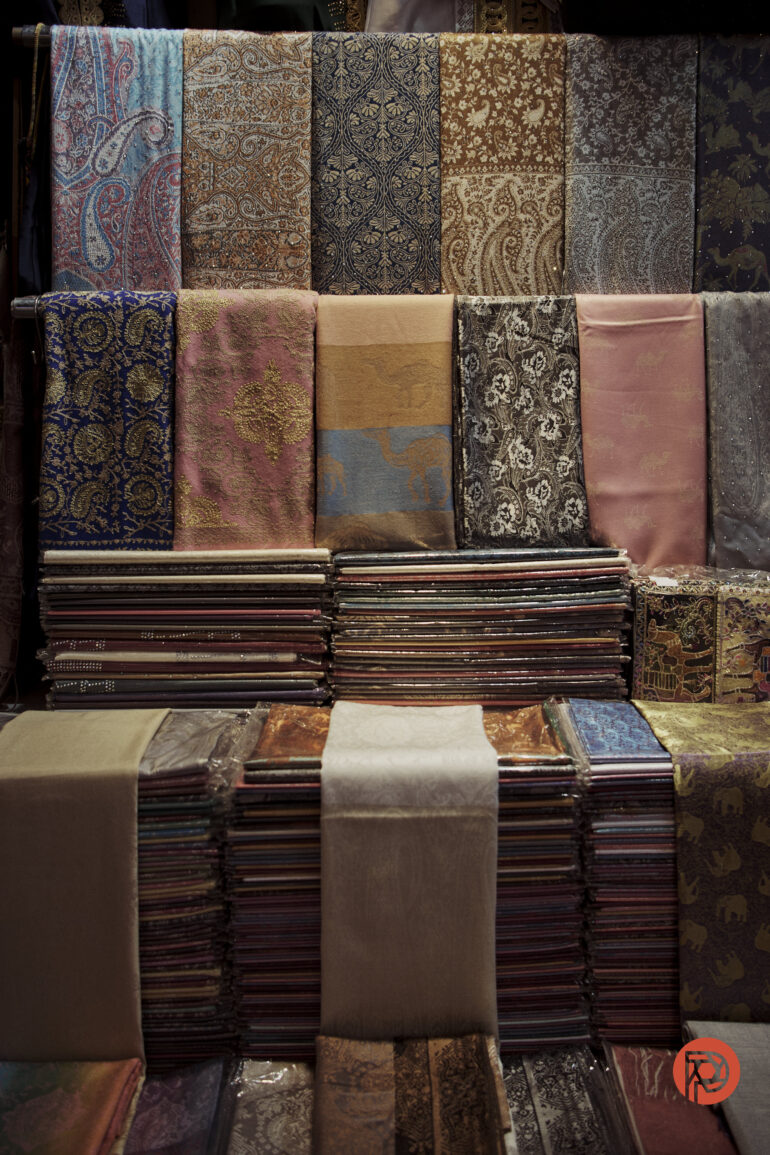










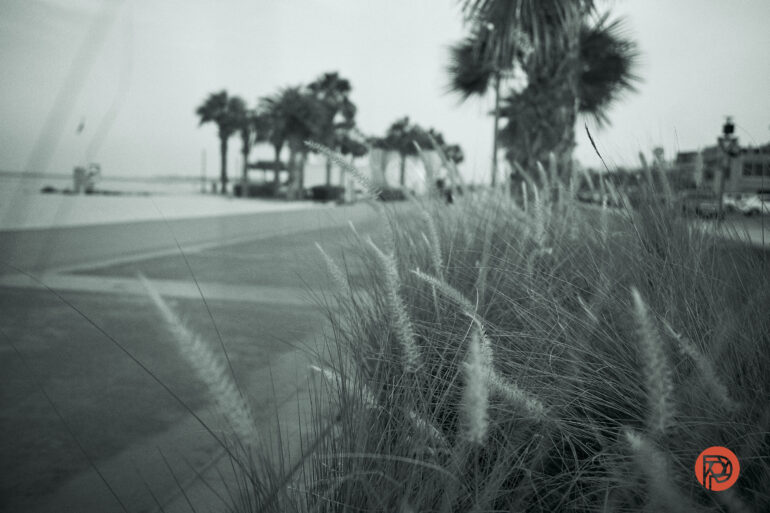
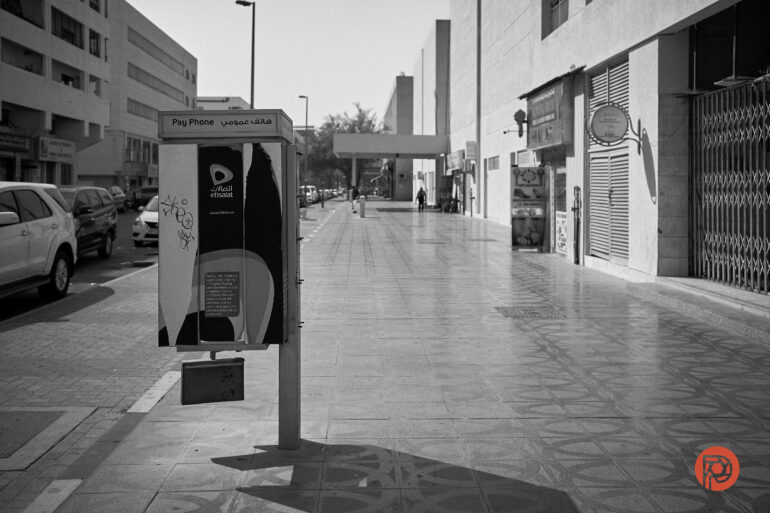


Who Should Buy The Nikon Z DX 24mm f1.7 Lens
Owners of the Nikon Zfc, Z50, and even the Z30 would benefit from having this lens in their bag. It outshines any of the existing DX Z-mount lenses (sadly, only 5 of these so far) from Nikon in image quality and autofocus speeds. I’m surprised it took this long for Nikon to release a dedicated prime for these cameras. The Z50 is 4 years old now, and getting a DX prime lens out for these APS-C mirrorless bodies should really have been an earlier priority for Nikon. They’re late to this, but they’ve done a decent job with this lens’s performance.
Tech Specs
Taken from the Nikon USA product page:
| Mount Type | Nikon Z Mount |
| Focal Length | 24mm |
| Maximum Aperture | f/ 1.7 |
| Minimum Aperture | f/ 11 |
| Format | DX |
| Maximum Angle of View (DX-format) | 61˚ |
| Maximum Reproduction Ratio | 0.19x |
| Lens Elements | 9 |
| Lens Groups | 8 |
| Diaphragm Blades | 7, Rounded diaphragm opening |
| Aspherical Elements | 2 |
| Autofocus | Yes |
| AF Actuator | STM (stepping motor) |
| Minimum Focus Distance | 0.59 ft (0.18 m) measured from focal plane |
| Focus Mode | Auto, Manual (no switch) |
| Filter Size | 46mm |
| Accepts Filter Type | Screw-in |
| Approx. Dimensions (Diameter x Length) | 2.8 in. (70 mm) x 1.6 in. (40 mm) |
| Approx. Weight | 4.8 oz. (135 g) |
| Lens Type | Prime |
